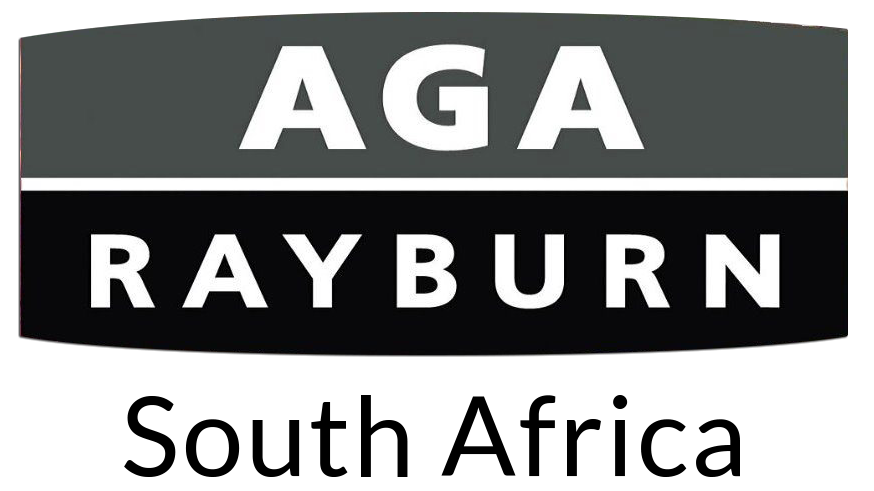Baking Bread In Your AGA
There’s something incredibly comforting about the smell of fresh, homemade bread filling your kitchen, especially when it’s baked in an AGA. The AGA cooker remains a timeless kitchen companion for South Africans who value flavour, quality, and a slower pace of living. And when it comes to baking bread, the AGA really comes into its own.
If you've recently invested in an AGA cooker in South Africa or are looking to make the most of your existing one, this guide will walk you through how to bake delicious bread from scratch using radiant heat. That’s the AGA’s secret weapon.
What makes baking bread in an AGA different?
Unlike conventional ovens, the AGA uses radiant heat from its cast-iron ovens to lock in moisture and develop flavour slowly and evenly. The result is a golden crust with a soft, well-risen crumb. It’s the kind of loaf that rivals your favourite artisan bakery.
Whether you’re using strong white bread flour or a nutty wholemeal, the AGA roasting oven provides a consistent, high temperature that’s ideal for getting that bakery-quality rise and colour.
Step-by-Step: Baking Bread in Your AGA
1. Start with the Right Dough
Bread making starts with just a few humble ingredients: flour, yeast, water, salt and a little patience. If you're a beginner, a classic white loaf is a good place to start. For more experienced home bakers, try experimenting with rye, seeded, or sourdough varieties.
Tip: For South Africans baking at altitude (like in Joburg), you might need to slightly adjust hydration levels or proofing time.
2. Kneading: The Heart of Good Bread
Kneading your dough is essential for gluten development. This gives the bread its structure. Wholemeal doughs need a bit more kneading than white flours. Roll up your sleeves and get stuck in. This is where the magic begins.
3. Prove It Right
Once kneaded, place your dough in a lightly oiled bowl, cover with a damp cloth, and leave it to rise until doubled in size. This is known as proving. One of the benefits of owning an AGA cooker in South Africa is the consistent warmth it provides, which is ideal for proving dough.
Place the bowl near the AGA or on the closed simmering plate lid (with a chef’s pad or towel underneath to avoid scratches). Warmth helps the yeast activate, making for a better rise.
4. Bake in the Roasting Oven
The AGA roasting oven is your go-to for baking most bread types. It’s the hottest oven on the AGA and is perfect for getting that golden crust. A standard 1kg loaf (or 2lb) will take about 30 to 40 minutes to bake.
If your recipe calls for a lower temperature or a softer crust, move your loaf further down in the oven or transfer it to the baking oven. You can also slide a cold plain shelf above the loaf in the roasting oven to drop the temperature slightly. This is a classic AGA trick.
5. How to Tell When Your Bread is Ready
Don’t rely on colour alone. Take the loaf out and give it a tap on the bottom. If it sounds hollow, it’s done. Let it cool completely before slicing to lock in moisture and flavour. Store in an airtight container and freeze what you won’t use within a day or two.
Baking bread at home in your AGA isn’t just about the result. It’s about the process. The hands-on kneading, the warmth of the kitchen, the anticipation as it rises. All these steps make it one of the most rewarding things you can do in your own home.
Whether you live on a farm in the Midlands or a city apartment in Cape Town, the AGA cooker helps bring the joy of home baking into everyday life. So why not start this weekend? Warm your AGA, dust off that bread tin, and experience the simple joy of a homemade loaf.

